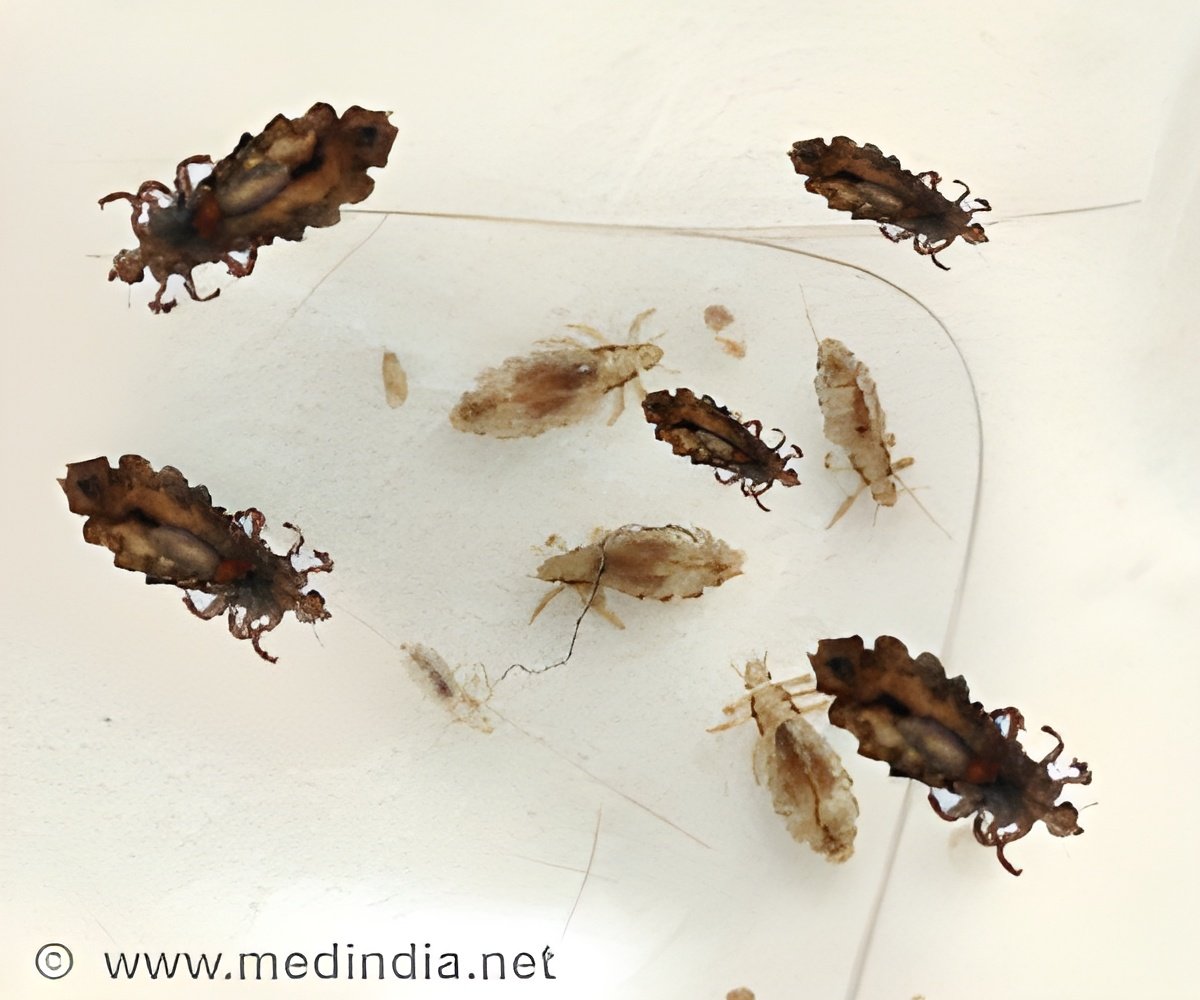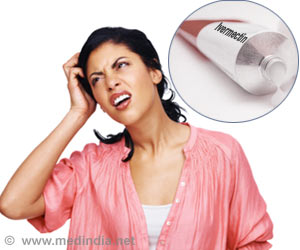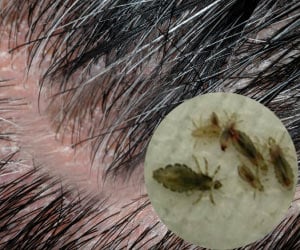Head lice develop resistance mutation to traditional chemicals

‘Head lice are becoming increasingly resistant to common over-the-counter treatments. But using a simple conditioner and fine tooth comb can help manage them to a large extent.’





However, the chemical is now almost 100% ineffective, after the lice developed a widespread knockdown resistance mutation, which can be passed on through generations.The study examined more than 14,000 lice, which were collected from 479 people during nearly two years to mid-2015. Lice were taken from people in rural and urban areas at 138 locations throughout the US.
It found lice from 132 of the collection sites had an average resistance of 100% to the treatment. Only a single site had lice that had no mutations, meaning the treatment would be effective, while others had varying degrees of mutations. Overall, 98.3% of the lice had the mutation, indicating it was almost uniformly present at high levels in lice collected recently in the United States, the study found.
Dr Cameron Webb, a medical entomologist at the University of Sydney, said it was well known that when insecticides were used for a long period, they would decline in effectiveness. "It's not surprising at all, because we know that insect pests of agriculture or public health concern, when we have a reliance on pesticides to control them, there's always a chance they will develop a resistance," he said.
Resistance is also happening with mosquitoes, bedbugs. For other pests such as mosquitoes, there was talk of using genetic modification to make them vulnerable once more, Dr Webb said. However, this is not the case with head lice since they don't pose a serious risk to their hosts."There's no evidence that head lice pose a significant threat to the health of our children," Dr Webb said. ”A bit of time with our kids, getting them to sit still and work through their hair, is going to be just as effective as some of these insecticide treatments."
Advertisement
The best way to treat head lice is by using a cheap conditioner and a fine tooth comb. Massaging the conditioner in the hair and that stuns the lice, so they can’t crawl around anymore. Then remove them by using a comb. The process should be repeated one week later to catch the lice that have hatched from any leftover eggs.
Advertisement








